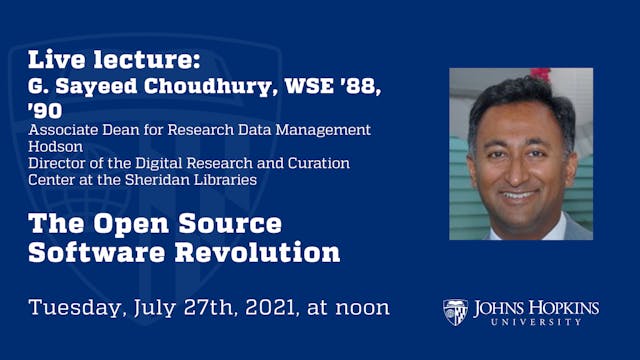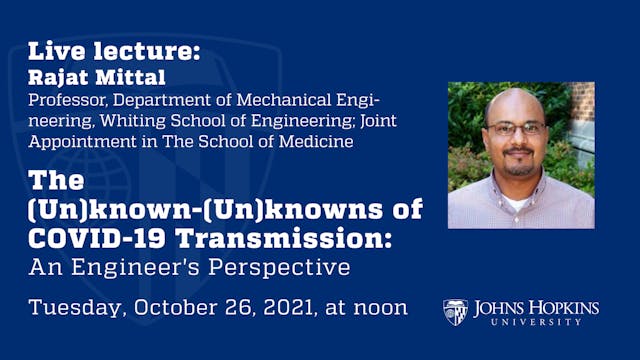Unlocking the Potential of Post-Industrial Cities
Science, Engineering, & Technology
•
59m
In their new book, Unlocking the Potential of Post-Industrial Cities, authors Matthew E. Kahn, Bloomberg Distinguished Professor of Economics and Business and Director of the 21st Century Cities Initiative (21CC) at Johns Hopkins, and Mac McComas, senior program manager at 21CC, explore the recent history and potential future of Baltimore, Cleveland, Detroit, Philadelphia, Pittsburgh, and St. Louis. They ask how the public and private sectors can craft policies and make investments that create safe, green cities where young people reach their full potential. They also highlight recent lessons from urban economics in labor market demand and supply, neighborhood quality of life, and local governance while scrutinizing strategies to lift people out of poverty. The book provides a roadmap for how urban policy makers, community members, and practitioners in the public and private sector can work together with researchers to discover how all cities can solve the most pressing modern urban challenges. Join this discussion for the inside scoop of all that the book entails, straight from the authors. To learn more, visit jhu.edu/hopkinsathome
Up Next in Science, Engineering, & Technology
-
The Open Source Software Revolution
Open source software has become a key driver of economic activity, community engagement, and societal impact. Consider that many of the tools used to analyze and trace Covid-19 are open source. The open source programs office (OSPO) has become a widely used construct in the private sector for man...
-
The Hidden Lives of Environmental Mic...
Did you know that the second largest source of biomass on the planet after plants is microorganisms? Too small to be seen with the naked eye, microorganisms and their unique capabilities make them a critical component of how ecosystems function. DNA sequencing, the technology that allowed us to s...
-
The (Un)known-(Un)knowns of COVID-19 ...
COVID-19 spread across the world with a speed and intensity that laid bare the limits of our understanding of the transmission pathways of such respiratory diseases. After much confusion and misinformation, there emerged a consensus that airborne transmission from very small respiratory droplets ...



